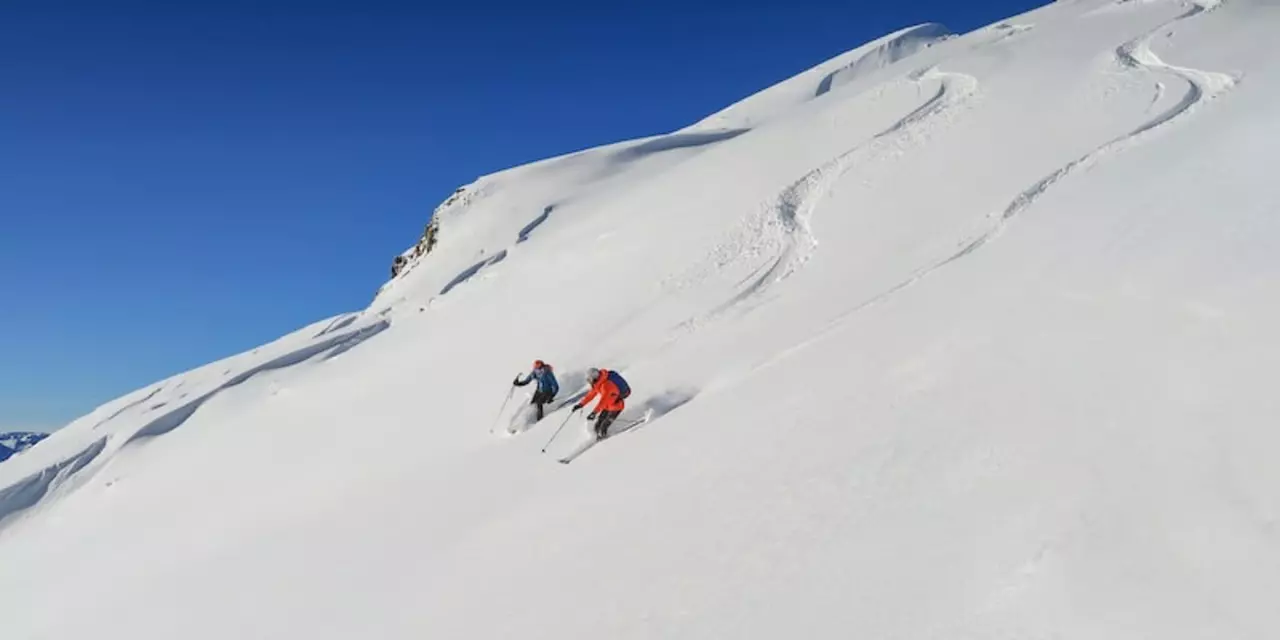SEARCH
Ski Clothing Basics: What Every Rider Needs
Hit the slopes without freezing or getting soaked. The right ski clothing does more than keep you warm – it lets you move freely, stay dry, and enjoy every run. Below you’ll find the essential pieces, why they matter, and quick tips to pick the best ones for your budget.
Layering Like a Pro
Think of your outfit as a sandwich. The innermost layer (the base) moves sweat away from your skin. A middle insulating layer traps heat, and the outer shell shields you from wind and snow. Start with a lightweight, moisture‑wicking shirt and leggings – most brands call them “thermal base layers.” Avoid cotton; it stays wet and makes you cold fast.
The middle layer can be a fleece or a thin down jacket. It should be easy to zip on or off if the temperature changes mid‑day. If you’re a beginner, stick with a zip‑up fleece that you can pull over your base without hassle.
The outer shell is your ski jacket and pants. Look for waterproof breathability ratings (e.g., 10,000mm waterproof, 10,000g breathability). A good shell stops snow from seeping in while letting sweat evaporate, so you don’t get clumpy.
Key Gear Pieces
Ski Jacket: Choose a jacket with a fitted hood, sealed seams, and plenty of pockets for goggles and snacks. Adjustable cuffs keep snow out, and ventilation zips let you cool down when you’re working hard.
Ski Pants: Pants should match the jacket’s waterproof rating. Look for reinforced cuffs that protect against ski edges, and inner leg gaiters to keep snow from entering boots.
Gloves or Mittens: Mittens keep fingers warmer but reduce dexterity. If you need to adjust bindings, go for insulated gloves with a grip-friendly palm.
Helmet and Goggles: A helmet isn’t clothing, but it works with it. Pair it with goggles that fit snugly under the helmet and have lenses for the lighting conditions you’ll face.
Socks: Thin, wool or synthetic ski socks are best. Avoid thick cotton socks; they cause blisters and trap moisture.
Neck Gaiter or Balaclava: A simple fleece neck gaiter blocks wind and can be pulled up over your face on windy days.
Now that you know the pieces, here’s how to put them together without overpaying.
Smart Shopping Tips
Buy off‑season. End‑of‑winter sales often slash prices on jackets and pants that are still in great shape. Check online reviews for real‑world performance – a high waterproof rating means little if the seams leak.
Don’t chase brand hype. A mid‑range jacket with solid ratings works as well as a pricey name‑brand for most riders. Focus on fit: you should be able to move your arms freely and sit comfortably without the fabric pulling.
Consider rentals for big purchases. Many ski shops let you rent high‑quality jackets and pants for a day. This way you can test features before committing.
Finally, maintain your gear. Rinse off salty snow with fresh water, dry completely, and reapply a DWR (Durable Water Repellent) spray to the shell every few seasons. Clean the insides of jackets and pants with a gentle detergent to keep the insulation fluffy.
With the right ski clothing, you’ll stay warm, dry, and ready to shred every run. Follow these basics, pick gear that fits your style and budget, and enjoy the mountain without worrying about the cold.

Is it okay to wear ski clothing when I am cycling?
It is possible to wear skiing clothing when cycling, as it is designed to keep the wearer warm and dry. However, it is important to consider factors such as the weather and the type of cycling being done. For those who are cycling in cold weather, skiing clothing is a good option, as it will keep the rider warm and dry. However, if the cyclist is doing a more aerobic type of cycling, such as mountain biking, then it may be too hot and cause the cyclist to overheat. It is therefore important to consider the weather and the type of cycling being done when deciding if skiing clothing is an appropriate choice.
Continue reading